Amy PrindleThe Center for Online Evangelism is a missionary project devoted to developing online mission stations. If you’ve been following this series and applying the techniques and tools we’ve covered, you’ve researched keywords to get an understanding of what topics are relevant to your target audience and match their search behavior. You’ve looked at what could be considered competition and found opportunities in a few niche topics that relate to your ministry. Ideally, you’ve made topic outlines and are ready to start creating! While we’ve mentioned a lot about writing, “content” is more than just text. Content can refer to any form of information aimed at an audience. When it comes to digital marketing, content is made to inform, to educate, and to entertain—all for the ultimate purpose of attracting and nurturing a loyal audience that promotes your organization’s cause or buys your products. Furthermore, content marketing is effective because it allows brands to build awareness and even recruit a following before trying to sell a product or soliciting an action! The currency of content marketing is ACT—Authority, Credibility, and Trustworthiness (though we should also add “Empathy” to this list, especially when dealing with spiritual topics and life lessons). Once your messaging is established, focus on the delivery. Use multiple forms of content to maximize your organization’s ability to get picked up by Google’s search algorithms, as well as further engage your audience. Keep in mind that certain forms of content will perform better with some audiences than others. By diversifying your content creation strategy, you optimize your reach and increase your ability to have an impact across a variety of demographics. Here are the four major components that work together in a comprehensive content creation process:
Most popular types of online content Text The written word is foundational for any type of content, and, therefore, this is where we must begin. Ideas are written down first—whether in the form of notes, scripts, or outlines—before they’re turned into anything else. In addition, written content almost always accompanies and supports the other content types. Consequently, when you set your content marketing goals, you’ll want to prioritize quality writing. Keep in mind, however, that good writing in an academic sense is not the same as what’s considered good content writing or copywriting. Writing for digital environments is much more straightforward, casual, conversational, and concise. The most common forms of written content online are:
Video One-third of all online activity is spent watching video. This isn’t surprising. People have always been visual creatures, and online video continues to be a popular way to consume content--for all ages! Video is a great enhancer, as well. Have you noticed that when you click on a news story, the page often has both the written article as well as the video from the newscast? Not only does it offer two different options for content consumption, it also adds a perception of depth and authority to the story. Video content is particularly ideal for educational content, especially “how-to” tutorials. Demonstrations, interviews, time-lapses...some things are just better presented via video. The increase in mobile device usage has made video more popular as well. With a smaller screen, it’s easier and faster to watch videos than to read text. When it comes to YouTube, this platform has created its own niche of search engine optimization. YouTube’s search algorithms rely heavily on keywords, titles, tags, thumbnail images, and microcontent such as video descriptions and channel descriptions. YouTube also measures “watch time,” or how long a viewer watches before clicking away or going back to search results. The more of a video that gets watched, the better that video must be, so YouTube ranks it higher in its search results. Longer videos, especially if frequently watched until the end, get even more of a boost (outside of YouTube, however, it is still generally recommended to keep videos short, around 3-5 minutes or less). Livestreams This is when longer videos are always acceptable, regardless of platform. Livestreaming your events, whether on Facebook Live or your website, can widen your audience, further engage your existing audience, and even provide an archived piece of evergreen content that can later be repurposed. This is great for church services, special performances, programs at a school or university, conference sessions, and more. When it comes to SEO, livestreams can have a sizeable effect. Facebook announced that its ranking algorithm favors live videos in its searches. YouTube promotes YouTube Live videos. And even if your organization’s livestreams are hosted off-site, it’s another link to your content that could show up in search results—especially if you’re live often! Webinars Taking video up another notch, webinars are exclusive live educational presentations. Like its name suggests, it’s a seminar broadcast over the web using tools such as GoToMeeting, Zoom, or Lifesize. Participants are typically invited to webinars and provided with a private link. While the webinar itself would not be indexed by search engines, its power to engage audiences boosts SEO through lead generation and by increasing activity, trust, and loyalty to your organization. This is ideal for organizations that can use their niche to teach useful information, provide background on a popular issue, or facilitate live online discussions. Images While the right pictures can elicit emotion, the right designs can inspire action and highlight strategic details. Careful planning is necessary to make sure the chosen images indeed emphasize the intended emotion, that it’s clear what’s happening in the picture, and that it looks genuine, as opposed to a cliché corporate stock photo. Stock photography isn’t always bad if it’s carefully selected. And it’s easy to find free stock images at pixabay, pexels, unsplash and free-images.com. Click here for more free or low-cost stock photography and design resources. For websites, hero images continue to be trending (large image that dominates the top area of a website). These pictures must be high enough resolution to avoid appearing pixelated (approx. 1600 pixels wide), but low enough resolution to keep from slowing down the site’s load time. For images that appear on your website that are not hero images, stick to file sizes under 250 kilobytes if possible. (Learn more about image best practices for church websites.) Certain images also go viral as memes, or pictures familiar to a specific audience and overlayed with block text, that use an adaptable but repeated theme to say something funny, inspiring, or even to evoke sadness or outrage. A fitting meme every now and then can boost engagement on your blog or social media content—but be careful not to overuse them. For each image you use on your website or blog, make sure to apply ALT text to its code, which is indexed by search engines to determine what the picture is about. It also acts as text that can be read by screen readers to tell visually-impaired internet users what pictures are on a page. Infographics When explaining a process in text, an accompanying visual is a must. If, when talking about your topic, you find yourself saying, “here, let me show you…” or “why don’t I just draw this out,” an infographic would probably come in handy. Designers and writers must work closely to create an infographic with a clear direction so the eye knows what to read first and where to go next. Infographics illustrate each step of a process (each bullet point) and include short and straightforward text to accompany the imagery—making complicated information easier to understand. If you’re short a graphic designer, some free tools like Canva can help you create simple infographics, adding a splash of color to your page, post, or feed, as well as informing and engaging your audience in a creative way. As the above infographic explains, infographics don’t just make your page more pleasant to look at—people actually google for infographics on certain topics. They’re also shared frequently on social media. Podcasts Audio content can include interviews, sermons, vocal essays, monologues, presentations, seminars, etc. Podcasts can be featured on your website or uploaded to iTunes so users can subscribe (even if you’re already hosting through a provider such as SoundCloud, Blubrry, Google Drive, or archive.org). These simple audio files make for a highly shareable piece of content people can listen to while driving, walking, exercising, or cleaning their garage. Having podcasts with your organization’s name, or even a prominent personality associated with your organization, can do wonders for brand awareness, which ultimately benefits overall SEO. Interactive content (quizzes, polls, calculators, etc.) This requires audience participation, making for a more memorable interaction with your organization. You’ve probably seen various character quizzes on Facebook or Twitter, which are highly shareable because, to the audience, it feels like they’re sharing information about them, not about the organization that designed the quiz. Interactive content that strives to be more helpful or practical might be assessment-type quizzes, calculators, interactive graphs or charts, or polls and surveys. They can also help you with demographic info-gathering for your organization’s strategic planning. And anything that deepens engagement also boosts SEO! It’s always beneficial to keep people on your website longer. There are several tools to help you create interactive content, such as qzzr, SurveyMonkey, Doodle, Vizia, and more. Courses This type of content can be important for supporting what Google refers to as an organization’s E-A-T (Expertise, Authority, Trustworthiness), while also providing yet another way for your audience to consume your content. If your organization is qualified to teach even a simple skill that has value in your audience’s life, creating courses can bolster your content marketing and SEO, and become an additional product you offer. Beginning Content Strategy Worksheet Filling out this structural worksheet can guide your brainstorming process and help you solidify your content strategy.
Ivan Ruiz-KnottPrincipal and designer for Types & Symbols. The Conflict Beautiful was a crowdfunding project to create a new, heirloom-quality, NKJV edition of Ellen G. White’s Conflict of the Ages series. We reached our $144,000 funding goal on November 15, with a total of $153,330 in pledges, and since then we’ve been managing fulfillment logistics, overseeing editorial changes, refining design details, and working with the printer. It has been a tremendous joy for us to be able to work on this project, and we are humbled that so many people supported it. We’re humbled even further that, in spite of our inexperience with raising money, we were able to meet such a high goal. This was our very first crowdfunding campaign as a studio, and the first time any of us had worked to raise this much money. While we went into it with a strategy and certain amount of preparation, we learned a lot throughout the process that we’d like to share. Our strategy:Our primary strategy was to design something so beautiful and meaningful that it could sell itself. While we didn’t necessarily expect the project to go viral within Adventist circles, we did think it might be possible, and that if the project was worth doing at all, it would be because it was exciting to enough people, and not just ourselves. And by enough people, we mean about 1,000 people. The minimum print run required to get these printed at the quality we wanted was 1,000 sets, and it seemed to us that it was possible that there were at least 1,000 other Adventists who both appreciated these books and appreciated good design. If we could just find that many people willing to order a single set, we would reach our goal. We should note here, for those unfamiliar with Types & Symbols, that we are a design studio dedicated to creating beautiful Adventist experiences for the church and its members. We often work with clients to help them establish brand identities, design websites, design publications, or produce promotional material for marketing campaigns. In most of those cases, we are working with established audiences, or helping fulfill a larger marketing strategy developed by an internal team. We are professional designers, not (yet) marketers, so we had very little direct experience with promoting a project of this scale. With that said, we knew we would need much more than just a beautifully designed project, so before launching the campaign, we got in touch with a number of Adventist leaders to get their input and feedback. We also knew that we needed to launch with some kind of existing base, so we also started to build a mailing list in the months and weeks before launch, through purchasing print and digital ads, and exhibiting at events. In meeting with people, both leaders and lay-people, we heard a tremendous amount of enthusiasm, and it buoyed our hopes that this project might come to life. Finally, once the campaign was live, we knew that we would need to continue building awareness, so we also prepared various design and video materials so that we could maintain a steady stream of promotional posts throughout the campaign. The Conflict Beautiful from Types & Symbols on Vimeo. And then we launched the project. What happened:
Except for the concern around money, we realized that we could have, and still had the opportunity, to provide greater clarity about why this edition was unique, how it wouldn’t exist without pledges made in advance, and how to go through the process of pledging itself. In response to the slowing growth, and some of the reasons we were hearing, we got more more advice and began tweaking our approach. We adjusted our promotional messaging, updated the campaign page for clarity, and added in a few higher level pledge options. And we prayed, a lot. As it turned out, we ended up receiving a significant amount of our pledges from the higher-level pledge amounts, contributed by a small group of very generous individuals. That, paired with an increase in single-set pledges during the final few days, allowed us to reach our goal, and what a relief and encouragement that was! What we learned:1. Crowdfunding is not commonly understood We knew that not everyone would be familiar with Kickstarter, but we had assumed there would be enough familiarity with the concept of crowdfunding. Because of this, we didn’t make a point of clearly explaining how it worked—preferring instead to make posts the focused on the value of the project. After speaking with people, we realized that we certainly should have provided more education about how Kickstarter worked. We spoke with a lot of people who had heard about the project, or seen the video, and quite a few of them said things to the effect of “I’d love to get a set once they’re available!” We would then explain that they might never be available unless people preorder. A lot of our early ads, both print and digital, had been subtle and minimal, with aspirational messaging like “coming soon”, and at the end our messaging started to approach more desperate and overt, like “coming never!—unless you go to Kickstarter and make a pledge/pre-order right now!!!”
2. There is no silver bullet Another thing we learned, or, better stated, was reinforced for us, is that reaching a broad swath of Adventists is very difficult to do. While a number of publications have a wide reach, there are so many things competing for people’s attention, even within the Adventist Church, that it is really easy for people to ignore all of them. We ran print ads, social media ads, exhibited at events, were interviewed for different publications, had other organizations share the project on their own feeds, and in total these were all the different entities that included some mention of the project:
We completed the campaign with 419 backers, with many backers choosing to back more than one set. The total number of sets purchased through Kickstarter was 880. Ultimately though, a significant percentage of our funding was the result of personal connections, and the personal connections of those personal connections. This doesn’t necessarily suggest to us that we should invest less in advertising with the above entities for future projects (multiple exposures are always valuable), but perhaps that we should invest more in developing and cultivating these smaller, more passionate audiences. 3. Building an Audience is key Related to the above, we realized that could have done a better job at building an audience ahead of time. As a studio, we’re not actually very active on social media, and we don’t currently produce much content, so when it came time to reach out to our existing audience of followers, we didn’t really have an audience. In creating this project, we’ve certainly built one. Our mailing list gained nearly 800 subscribers which we’ll be able to reach out to in the future (and helps get us close to 1,000 true fans). We’re also thinking about ways to provide more ongoing value so that, when it comes time to launch another project, there is even more familiarity with our studio, the quality of work that we do, and what we value. 4. Timing matters We realized partway through the campaign that we could have benefitted from launching at a less fraught time. This is more of a suspicion than anything we can measure, but we launched our project around the same time that a lot of concern was starting to be felt in North America (our target market) around conversations at GC Annual Council as well as NAD YEM. The news cycle during this time moved a bit more quickly than it tends to at other times during the year, and we realized that write-ups and links about our project were getting buried pretty quickly. For a marketing campaign that relies on more traditional forms of media, paying attention to the news cycle is important. What we will do differently on the next project:Something we learned from our discussions with people who have engaged in fundraising before is that it is valuable to build in commitments before launching, so that we launch with a certain amount already promised, or ‘in the bucket’. It’s possible that having such a large goal as we did caused some individuals to think that it wasn’t worth pledging because it seemed like such an impossible goal for them to make a difference to. On that note, we arrived at the figure of $144,000 because it was close to what we needed to cover the cost of production, and it seemed like a fun detail, even though it involved rounding down a bit. A lot of people who saw the project also thought it was fun, but we also heard a lot of questions like “but how much do you actually need?”, so in the future we’ll pick less clever numbers, and try to be more explicit about why we need whatever amount we need. Another thing we would do differently for future projects is adjusting how we handle the crowdfunding. Some of the major benefits of Kickstarter (discoverability) don’t matter as much for the nature of the products that we create, or for the audience that we create them for. Furthermore, we discovered after committing to Kickstarter that their options for calculating and handling international shipping were very limited, which in effect reduced the reach of our project. Finally, there were a small number of individuals who’s advice and support had a disproportionate impact on the success of the project, and for our next project we will get them involved much, much sooner. What’s next for Types & Symbols?We have a lot of ideas for future projects, but for the meantime we’re staying focused on finishing up work on The Conflict Beautiful and serving our existing clients. If you didn’t have a chance to back the project, we’re still accepting preorders for the full set at theconflictbeautiful.com.
Chris MattsDigital Strategist for Advent Digital Marketing. Advent Digital Marketing provides digital marketing services to business owners and organizations that want to take a professional approach to online marketing. Let's begin with an overview of marketing fundamentals.Promoting your product, service, ministry or organization starts with identifying the target audience you are trying to reach, understanding their behavior, and then determining the message you want to communicate to them. Once this is accomplished, you’ll need to figure out the best promotional channel(s) to reach your audience and communicate your message. When it comes to choosing which channel/platform to use for your promotional campaign, the most important factor for consideration is the size of YOUR audience that is investing their ATTENTION on a channel. If you have a large audience on a channel (such as email or Twitter) but they are not spending much time on it or ignore promotional content, then it will not be an effective channel for communicating your message. The size of the desired target audience and quality of time spent on a platform or channel varies greatly depending on the demographic. The most important question to ask yourself when trying to figure this out is: “Where does my target audience give their attention?” Here are a few more pointers to help you work through this:
Whether you decide to take the time to learn how to use these valuable tools on your own or hire a professional, know that every strong digital campaign starts with a strong foundation of research on your target audience. Watch my video below to learn how to use these research tools: Jamie Jean Schneider DommDigital Strategist for the North American Division Digital discipleship and evangelism are ways to activate the social influence of a church membership, building bridges to the local community, developing a meaningful understanding of felt needs, and determining relevant ways to serve the community (both in and outside the church). It's also a strategy to scale up friendship evangelism and empower individuals to be actively involved in the larger goals and mission of your church. It’s a way to reach seekers, especially young seekers.As of 2017, the average person spends around two hours a day on social media, which adds up to 5 years and 4 months spent over a lifetime. When social media was ranked against other daily activities, it revealed that the average person will spend almost three times as much time socializing on social media as opposed to socializing in person. The average adult spends most of their waking hours behind a screen for work, entertainment, education, and socializing. These averages are across all age demographics. When we only look at people under 30, a dramatic increase in social and screen time spent is observed. Teens can occupy upwards of 9 hours a day on social media or behind a screen. However, millennials can spend up to 18 hours a day consuming media in the form of movies, podcasts, social media, video games, reading, etc. This is an astounding amount of time spent on digital devices. Research studies vary, but it’s clear that increased use is only limited by the confines of a 24-hour day, and basic human needs such as sleep. Only 20% of Americans regularly attend church, and only 2 in 10 millennials consider regular church attendance important. If we consider time spent “in church,” a member who attends twice a week for a worship service and one other event only engages for four to five hours a week. How we respond to this reality either represents a challenge or an untapped opportunity. These statistics may seem bleak for our mission, but there’s another way to look at the situation. How can we reach the 80%? Simple. We go and meet them where they spend their time, not where we want them to be. We have nine or more hours a day to connect with them. Part of this effort must utilize digital technologies to better understand behavior and needs before creating programs or resources that satisfy our assumptions about our target audience. People are googling for God. Each year there are millions of Google searches for answers to questions like:
Thirty thousand people search the keywords “church online” every month, and they mostly find opportunities to watch people in a building. People searching for answers need more than a program to watch. At any given time, 22-28% of people are in crisis in the United States and Canada, says Samuel Neves, Associate Director of Communications, General Conference of Seventh-day Adventists. This amounts to 80 million+ people who need support. Crisis can be defined as loss of a loved one, illness, divorce, loss of a job, depression, drug addition, food insecurity, etc. For those who search for answers and comfort online, who is there to answer their questions and help them spiritually? In addition, Neves says, the two main content categories people search online alone are religion and pornography. Both search categories are related to the need for relationships and connection. How can we steer seekers in a healthy direction? 90% of surveyed people have used social media to communicate with a brand, and millennials prefer to reach out to an organization via social media rather than traditional channels like phone or email. This brings me to my next point: not everyone is ready to come to church; some are not even ready to discuss their issues in person. Over four million people visit North American Division church/ministry websites each year, and countless more engage on social media. The Church can be a voice that answers back to those seeking help through these channels and help open a door for a seeker’s spiritual experience. The digital mission field is vast and not restricted by geographical locations. 42% of the world’s population is on social media, and 77% of Americans are on social media. Every inhabited continent is represented in the digital space. While Christianity is on the decline in the West, it has never been easier to reach people. I believe the next Great Awakening will be a digital one, and reaching the digital mission field is our generation’s great commission. Therefore go and make disciples of all nations, baptizing them in the name of the Father and of the Son and of the Holy Spirit, and teaching them to obey everything I have commanded you. And surely I am with you always, to the very end of the age (Matthew 28:19-20). |
Archives
August 2020
Categories
All
|
- Home
- BLOG
-
RESOURCES
-
RESOURCE MENU
>
- ADVENTIST IDENTITY GUIDELINES
- BIG DATA RESOURCES
- BRANDING, IMAGE & DESIGN RESOURCES
- CHURCH/MINISTRY SPECIFIC RESOURCES
- COPYRIGHT & TRADEMARK BASICS
- COURSES
- EMAIL RESOURCES
- GUIDANCE FOR HIRING SOCIAL MEDIA POSITIONS
- PODCASTS
- REPORTS & CASE STUDIES
- SOCIAL MEDIA RESOURCES
- (SOCIAL) VIDEO RESOURCES >
- TEXTING 4 CHURCHES
- TRACKING & ANALTYICS
- WATCH VIDEOS & TUTORIALS
- WEBSITE TIPS
- SOCIAL MEDIA GUIDELINES
-
RESOURCE MENU
>
- SEO
- Digital Discipleship & Evangelism
- COVID-19 RESOURCES
- eNEWSLETTER


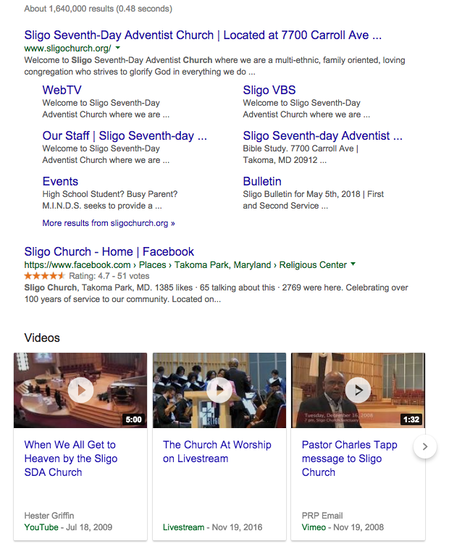
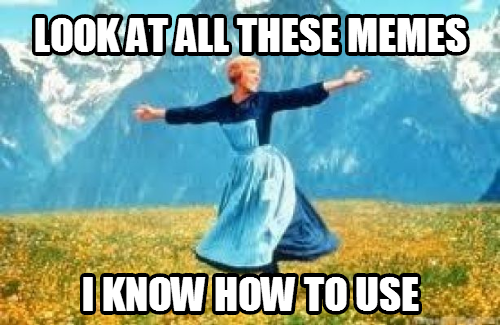
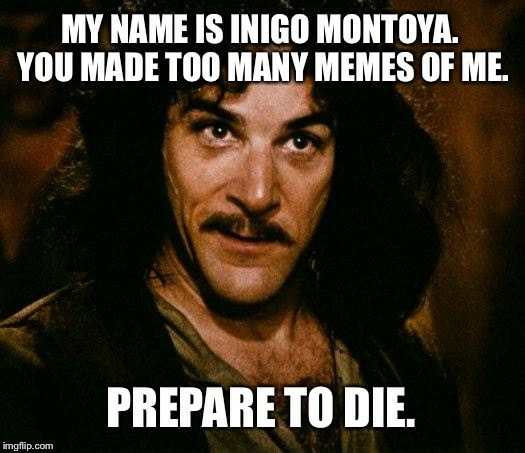
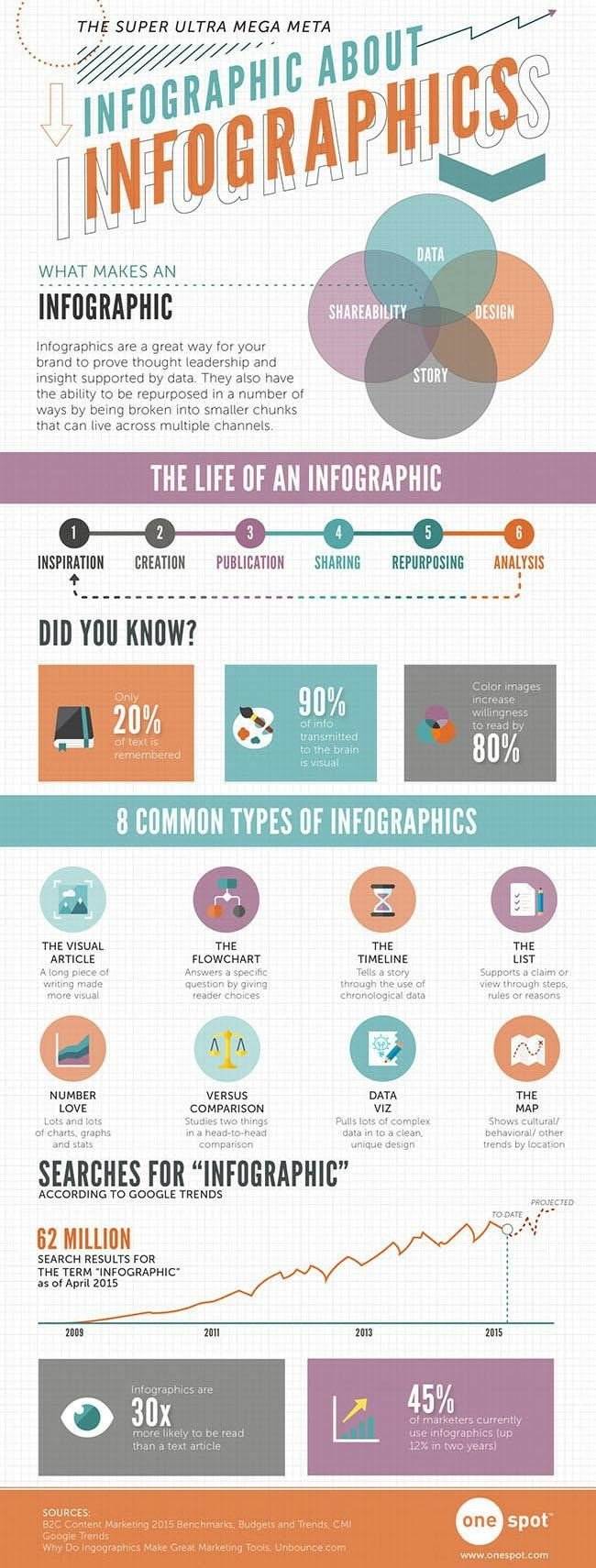
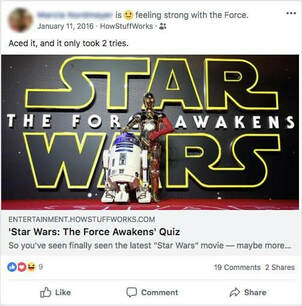


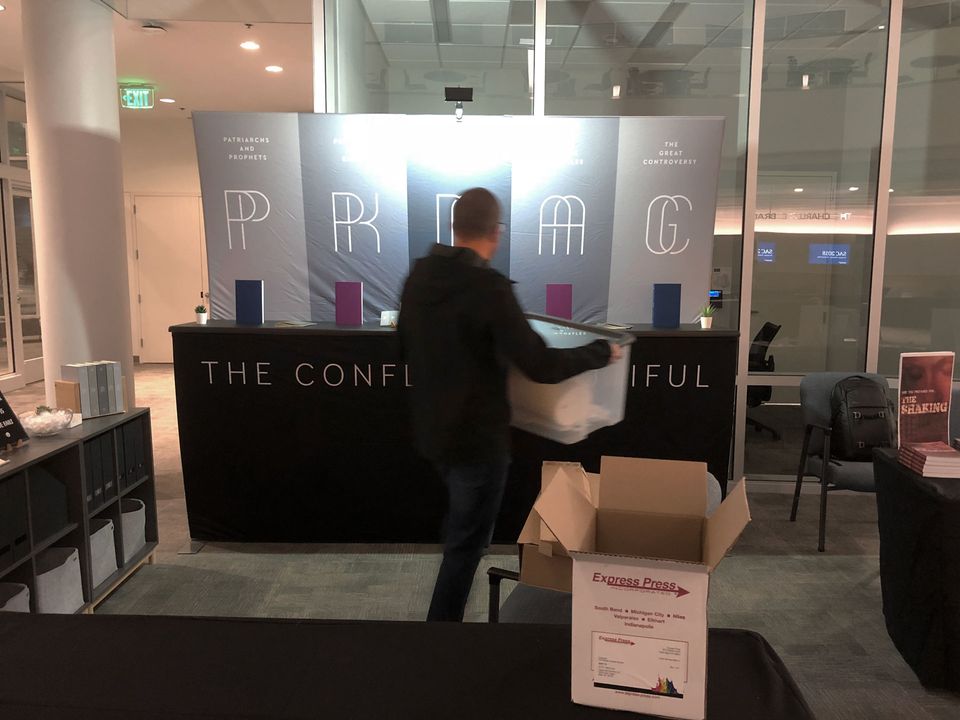
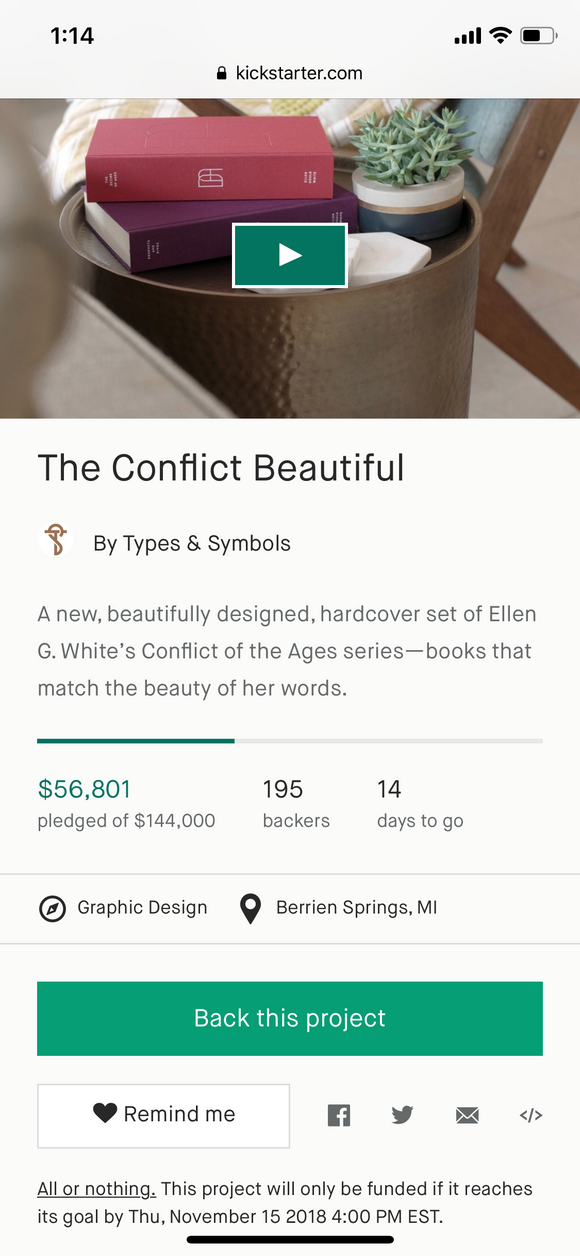
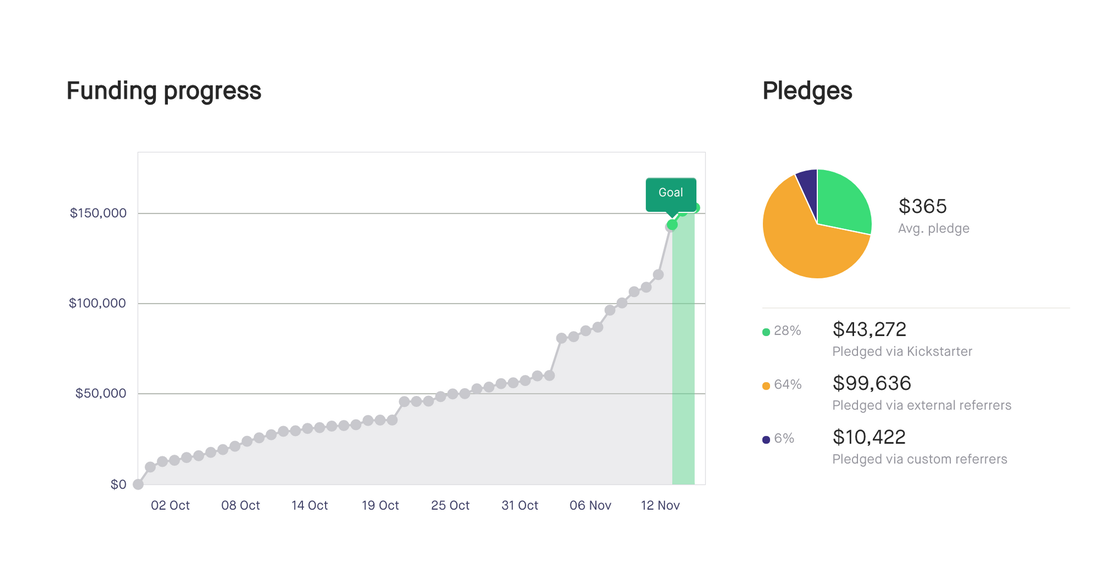


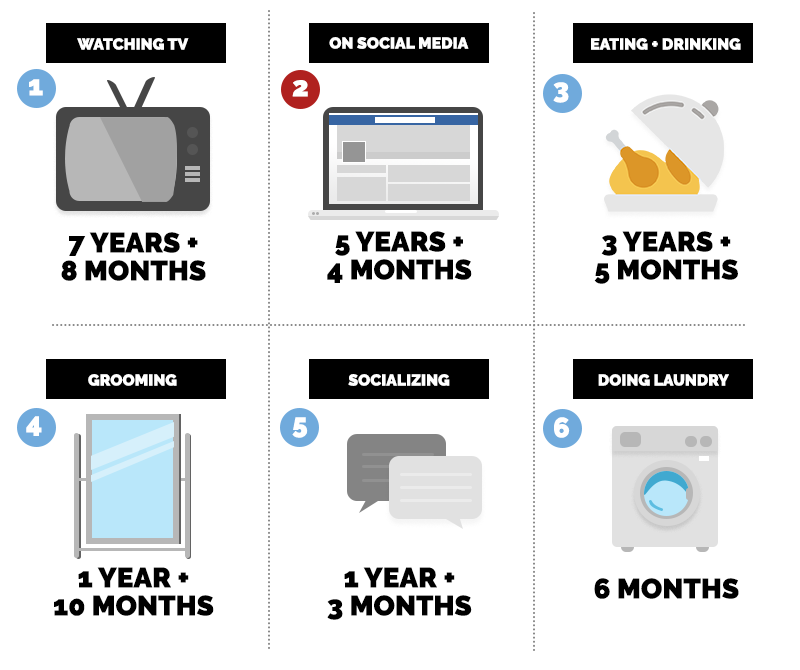
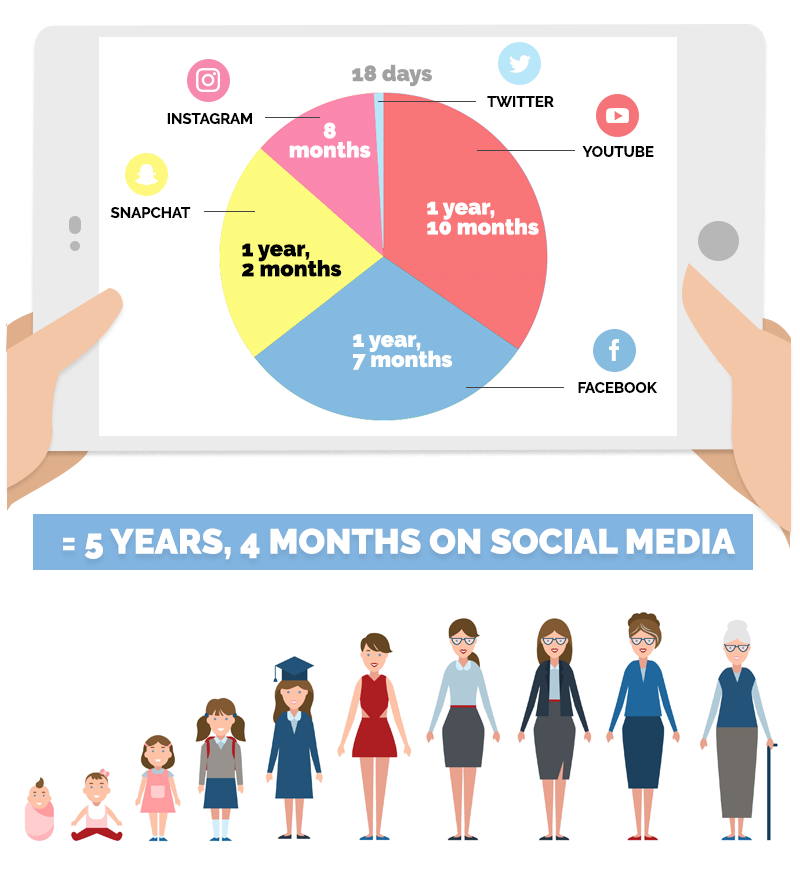
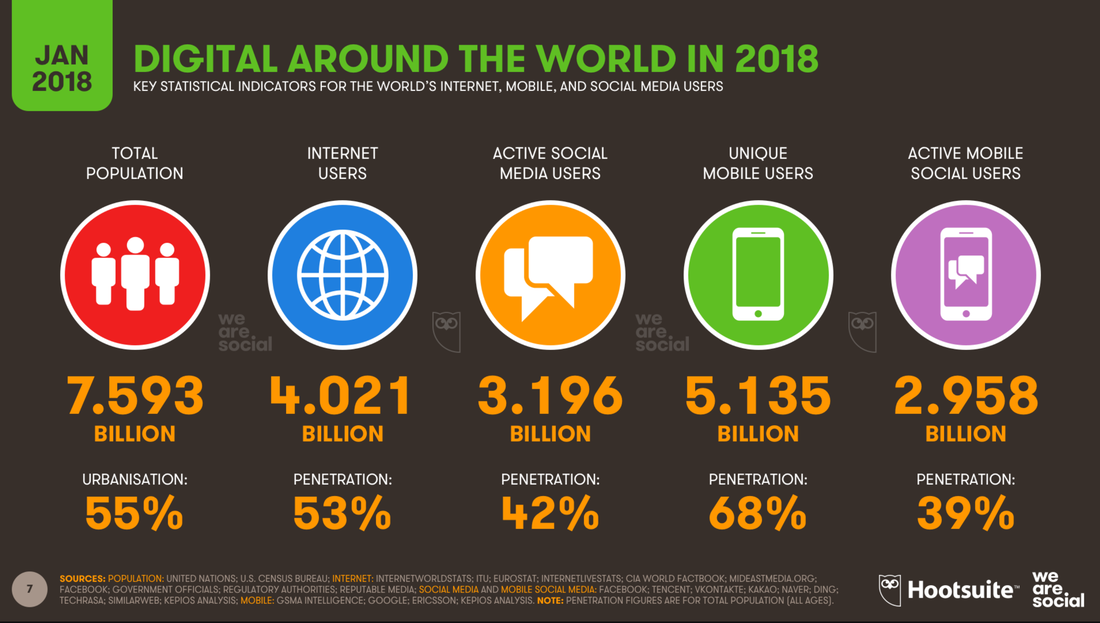
 RSS Feed
RSS Feed